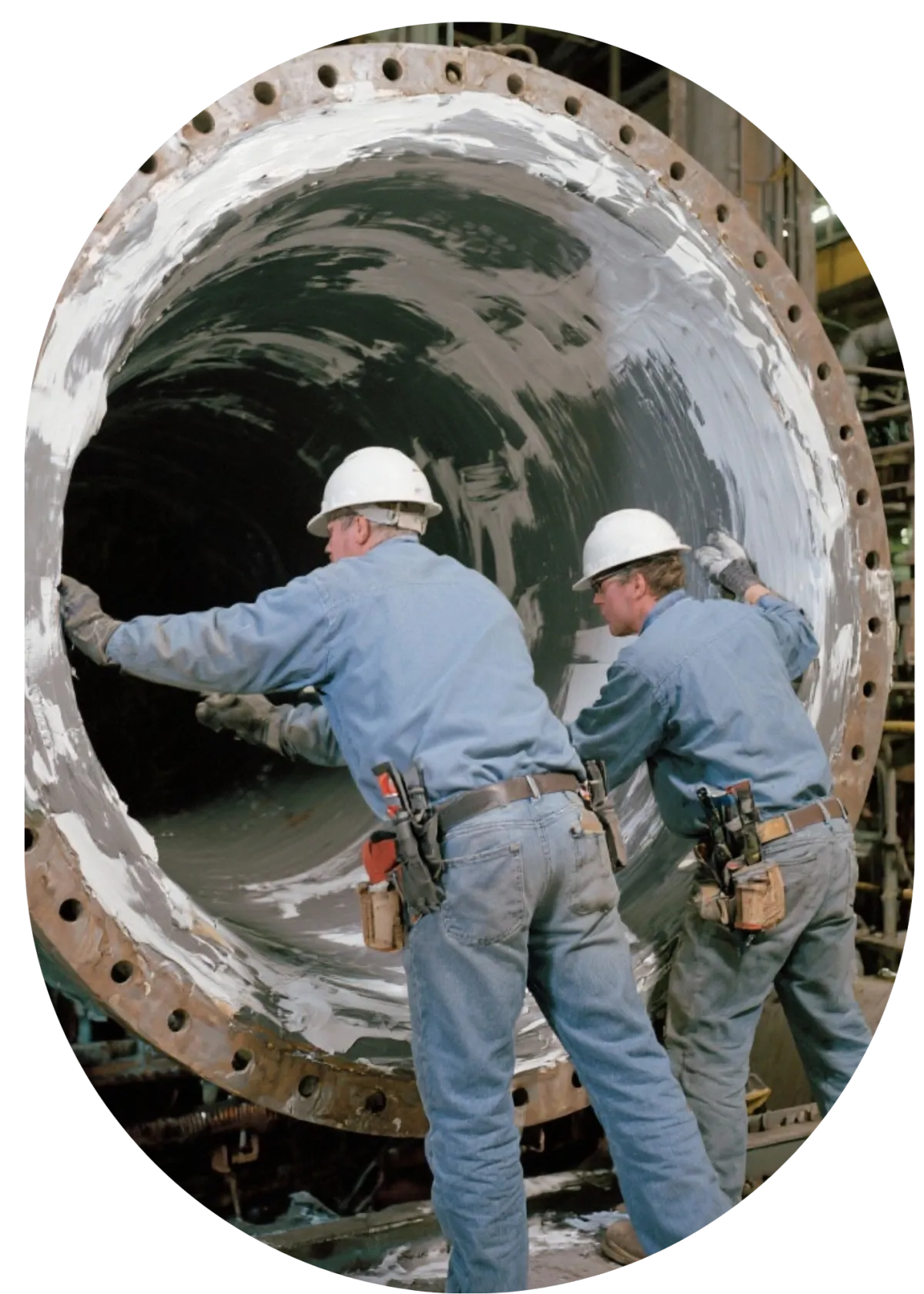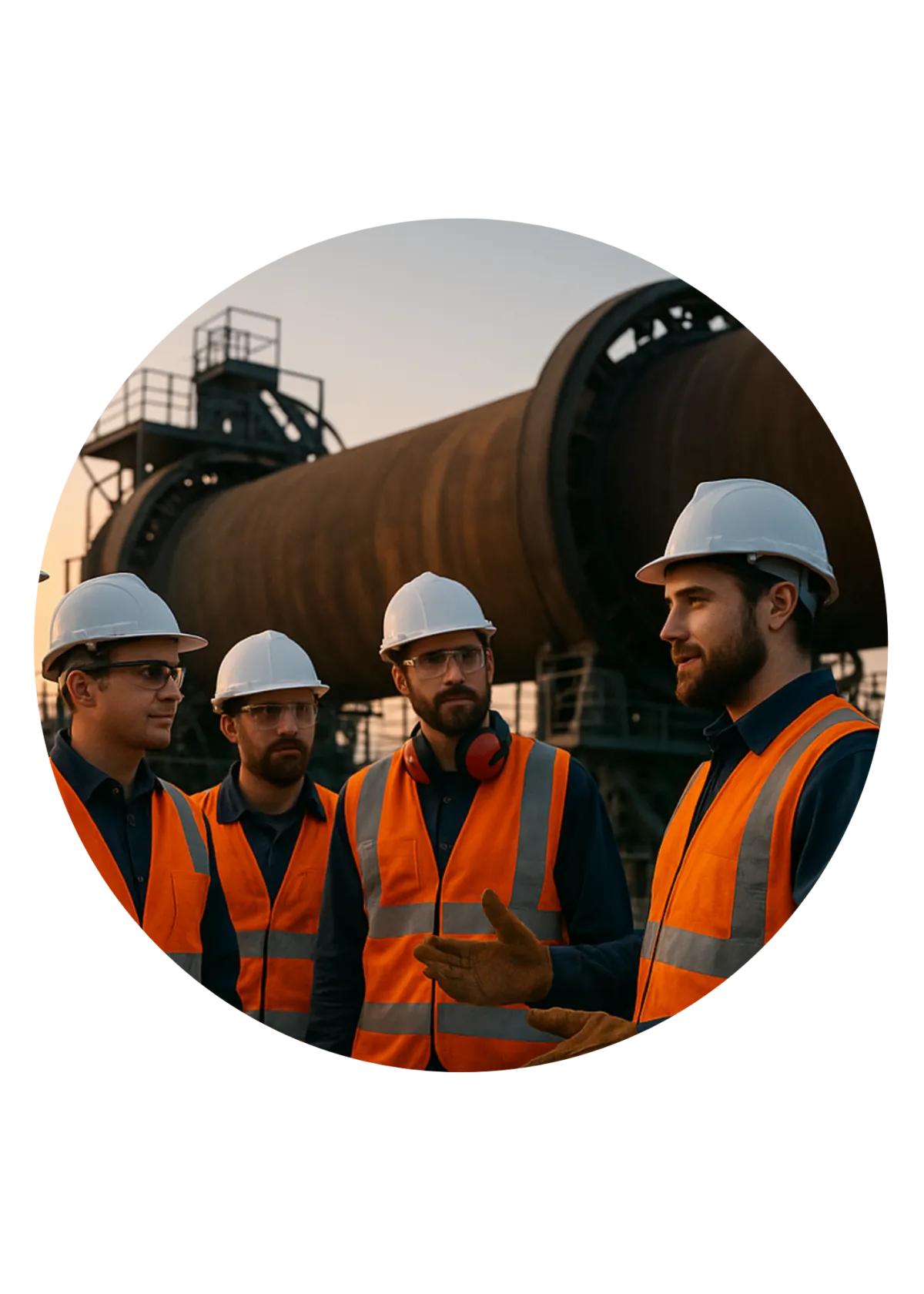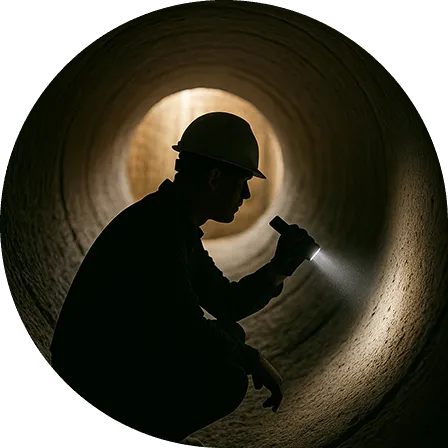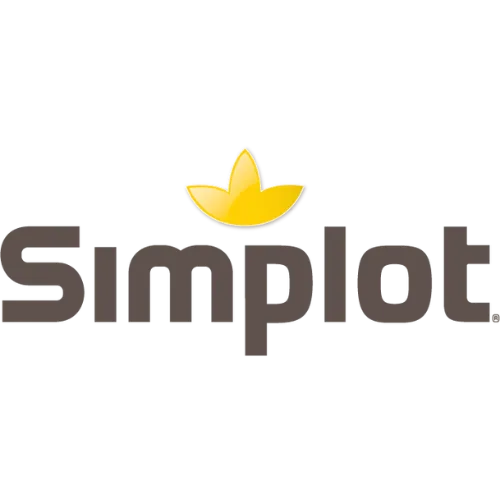

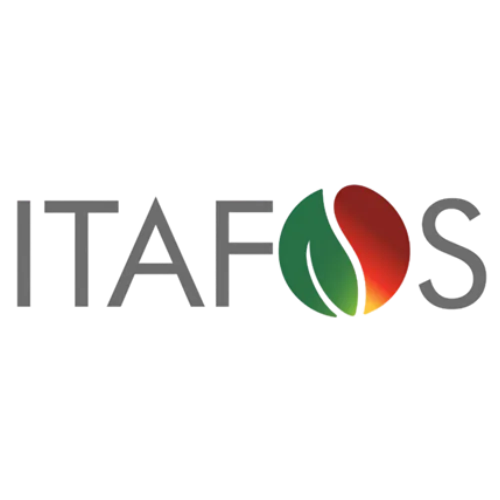
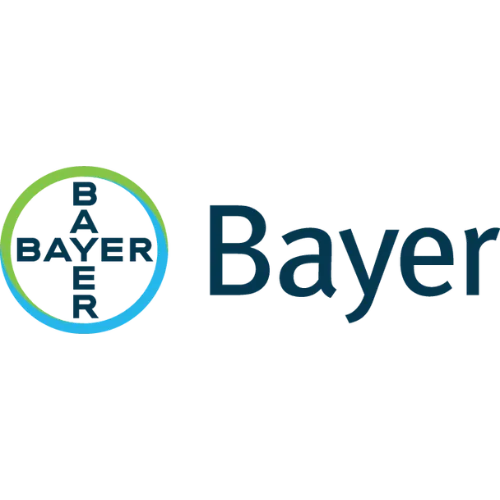
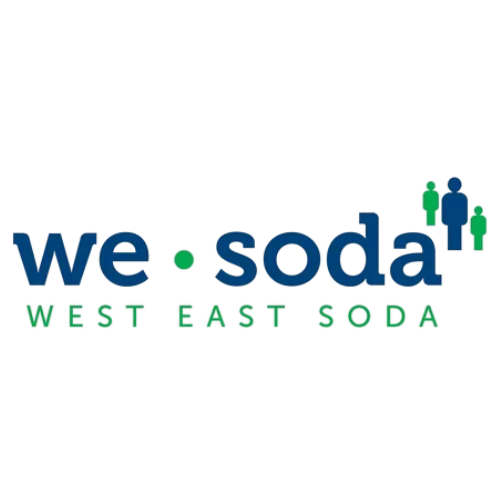
What we Offer
From full material packages to installation support, we deliver corrosion-resistant systems engineered to match your chemistry, concentration, temperature, and abrasion profile.
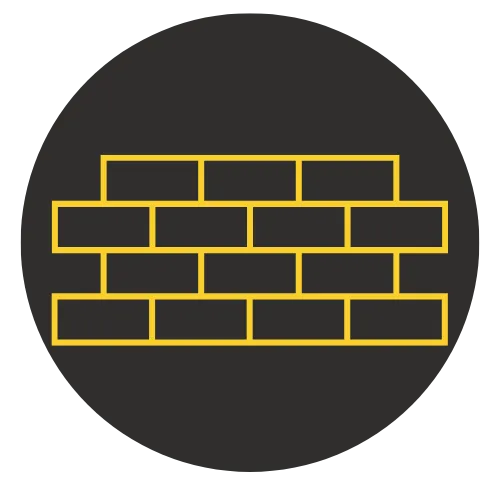
Acid & Carbon Brick Systems
ASTM C279 Type II/III acid brick and specialty carbon brick solutions designed for towers, reactors, floors, and trenches—paired with the right mortar and membrane for long-term protection.
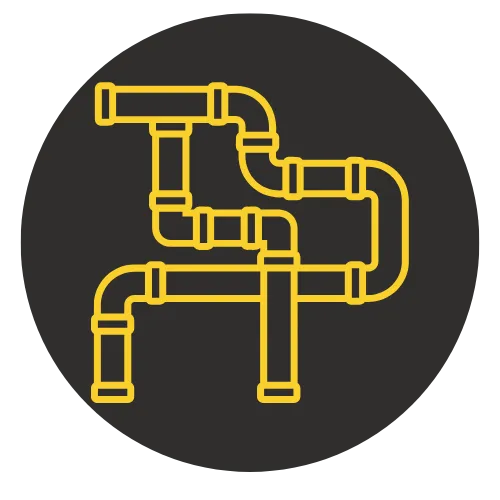
Corrosion-Resistant Coatings
Rubber linings, FRP/dual-laminate systems, and thermoplastic membranes for tanks, ducts, and vessels—engineered for chemical compatibility and durability.
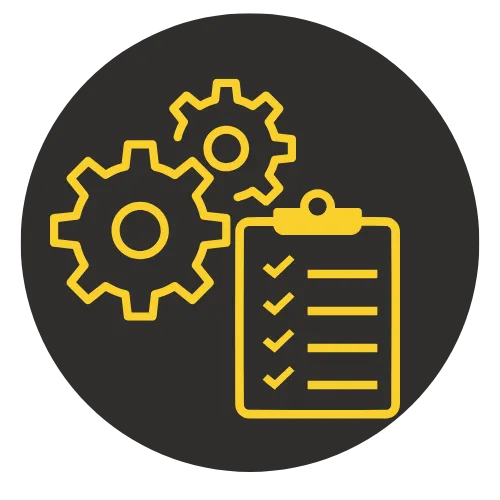
Engineered refractory linings
At WD Equipment, we don’t sell “one-size-fits-all” materials.
We design and install complete protective lining systems that match the exact chemical, mechanical, and thermal conditions inside your plant.

Project Review & Consultation
Bills of material that cover brick, mortar, anchors, membranes, expansion joints, and QA tools—tailored to your process requirements and field conditions.

40+Years Experience

10+Suppliers

6+Industries Services
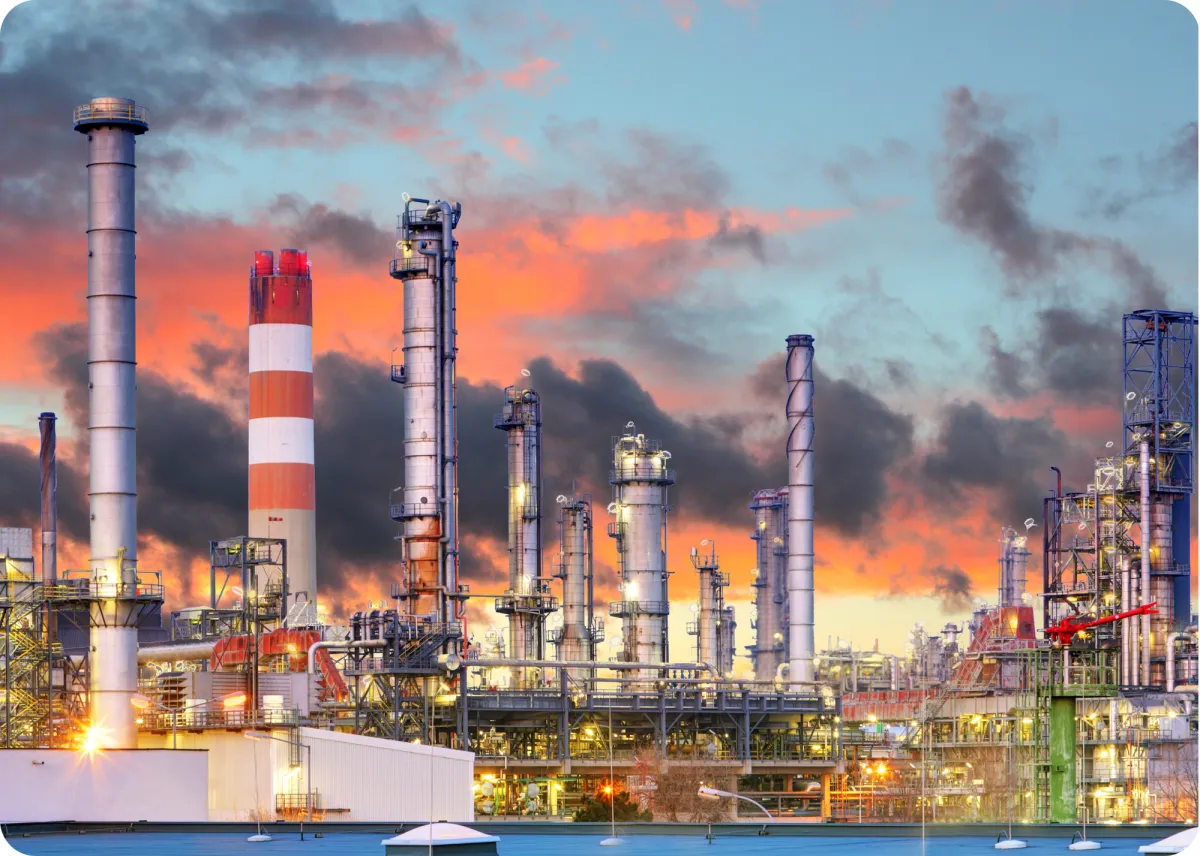
About us
Expertise in Industrial Refractory Solutions
WD Equipment specializes in protecting steel and concrete assets exposed to the toughest conditions—high temperatures, corrosive acids, abrasive slurries, and thermal cycling.
With decades of engineering insight, we design and supply systems that combine acid brick, carbon brick, rubber linings, and FRP/dual-laminate technologies. Every solution is tailored to the customer’s specific chemistry, concentration, and operating profile, ensuring maximum durability and compliance with ASTM standards.
Whether it’s an absorber tower, phosphate reactor, or a trench subject to constant erosion, WD Equipment delivers proven, engineered protection where performance cannot be compromised.
Our Services
Every application is different, and WD Equipment approaches each project with tailored engineering solutions.
We analyze your process conditions —
chemistry, concentration, temperature, abrasion, and thermal cycles—to design brick, lining, and membrane systems that meet ASTM standards while delivering maximum performance and service life.
Products & Services

Refractory Coatings
Our phosphate-bonded refractory coatings are engineered for superior resistance to heat, abrasion, and chemical attack. They extend the service life of critical equipment in phosphate and chemical processing environments.

Chemical Resistant Brick & Tile
We supply ASTM C279 Type II/III acid brick designed for maximum chemical resistance in towers, tanks, and trenches. Paired with the right mortars and membranes, acid brick systems deliver durable protection against aggressive acids.
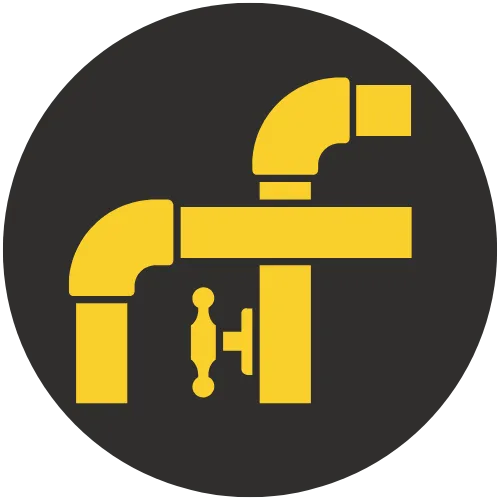
Corrosion Resistant Coatings
From rubber linings to FRP/dual-laminate systems, our solutions safeguard equipment exposed to a wide range of corrosive chemicals. Each lining is tailored to your service environment for long-term reliability and compliance.
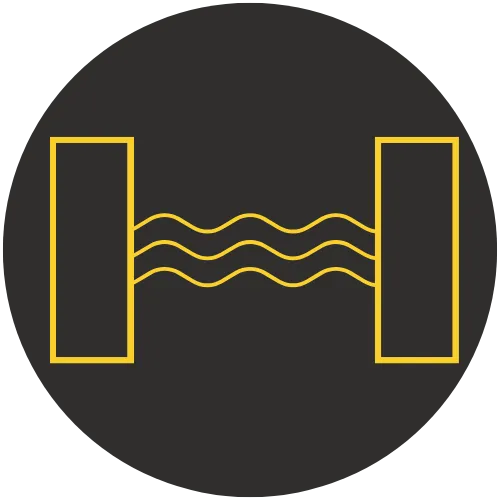
Durable Expansion Joints
Our expansion joints are designed to handle thermal cycling, pressure changes, and chemical exposure without failure. They ensure system flexibility and maintain integrity in the harshest operating conditions.

Expert Consultation Services
WD Equipment’s team provides technical guidance on selecting the right materials, mortars, and linings for your specific application. We partner with engineers and plant managers to design systems that reduce risk and maximize uptime.

Mortar Systems
Our engineered systems combine proven materials, precision design, and quality assurance tools to deliver unmatched performance. Customers benefit from longer service life, reduced downtime, and confidence in compliance with industry standards.
Get in touch
Have a project or question? Our team is ready to help with material selection, system design, and technical support.
Insights & Resources
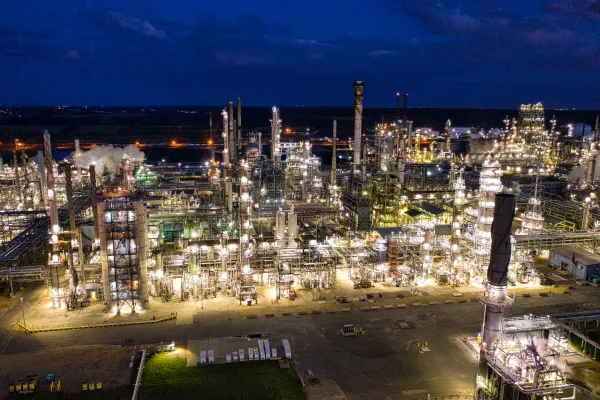
Why Fertilizer Plants Need Phosphate-Bonded Refractories
Why Fertilizer Plants Need Phosphate-Bonded Refractories
Phosphate-bonded refractories occupy a unique niche: they combine a chemically compatible binder with high-performance refractory aggregates to deliver durability where acid exposure, abrasion, and thermal cycling co-exist. Fertilizer plants, especially phosphate-acid production units and wet-process phosphoric acid reactors, are prime examples of such hostile service environments.
Industry stakes
The fertilizer sector is an essential economic engine — in the U.S. alone the industry has been reported to contribute roughly $140 billion to the economy and “supports nearly 500,000 jobs.” That scale means reliability in core process units (including reactors) is directly tied to food-system stability and significant economic value, so minimizing reactor failures is a high priority. TFI+1
Why phosphate-bonded refractories are a fit
Chemical compatibility: The binder chemistry in phosphate-bonded refractories is inherently resistant to attack by phosphoric and sulfuric acids — the very media processed in many fertilizer reactors. This reduces gradual binder washout and chemical degradation that plague less compatible linings. Technical literature on phosphate bonding highlights the binder’s role in achieving rapid setting and strong interparticle bonding, which is essential under aggressive chemical attack. COREResearchGate
Mechanical robustness: These products are available in gunning plastics, castables, and monolithic forms that deliver high compressive strength, abrasion resistance, and the ability to absorb thermal shock — all traits important when reactor internals see cyclic heating and abrasive feedstocks.
Faster repairs and lower life-cycle cost: Because many phosphate-bonded mixes set rapidly and bond well to existing substrates, repairs can often be completed with shorter shutdown windows. Given the documented high cost of unplanned downtime (averaging very large hourly losses in many heavy-industry segments), a product that shortens repairs and extends time between major relines yields clear economic benefits. Siemens AssetsIIoT World
Real-world considerations for engineers
Surface preparation & installation techniques are critical — even the best chemistry fails if substrate prep or curing are neglected.
Material selection should match the reactor’s specific feed chemistry and temperature profile; compare product datasheets and lab abrasion/corrosion results.
Partner with experienced installers who understand the nuances of gunite and trowel applications for phosphate bonds.
Closing thought
Phosphate-bonded refractories are purpose-built for the problems fertilizer plants face. As The Fertilizer Institute emphasizes the sector’s economic importance, plant engineers should prioritize lining solutions that maximize uptime, minimize maintenance cycles, and protect production continuity. Investing in the right refractory system is an operational and financial decision — one that pays back through longer service life and reduced disruptive outages. TFISiemens Assets

